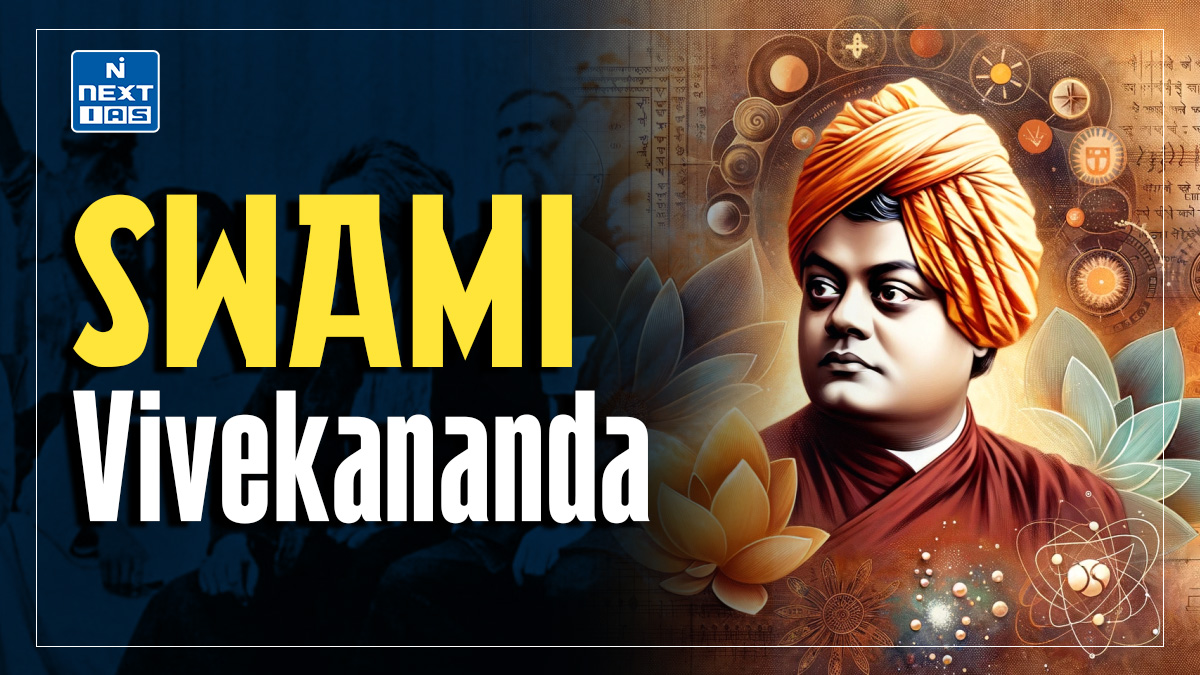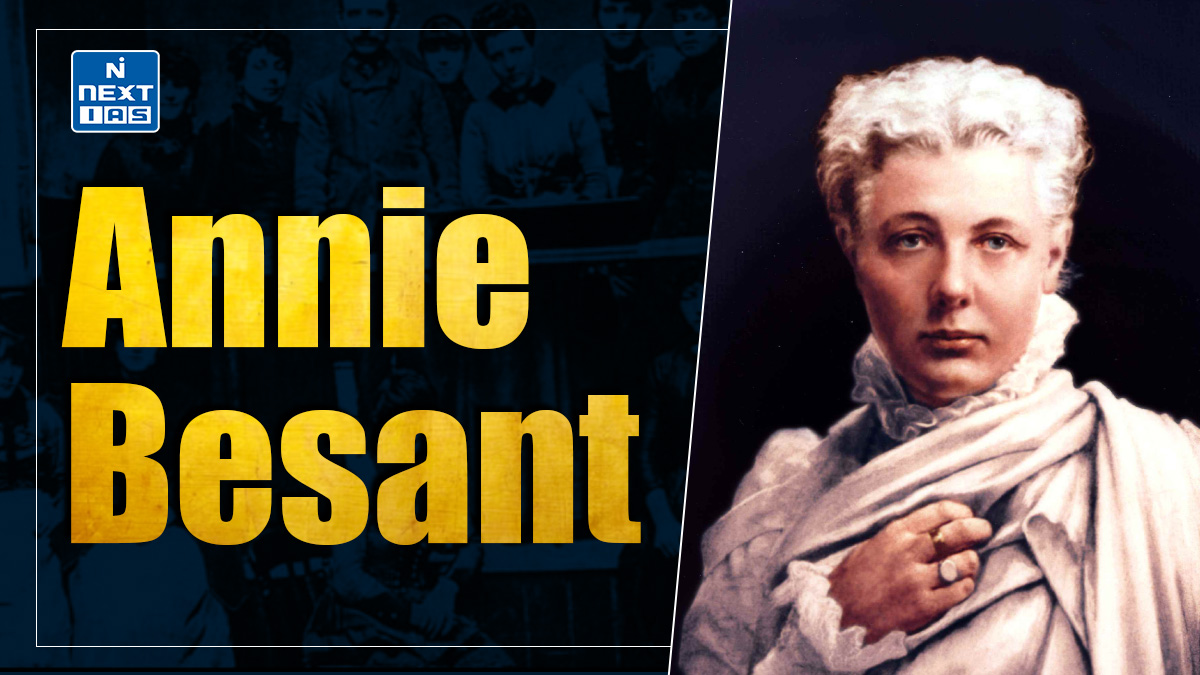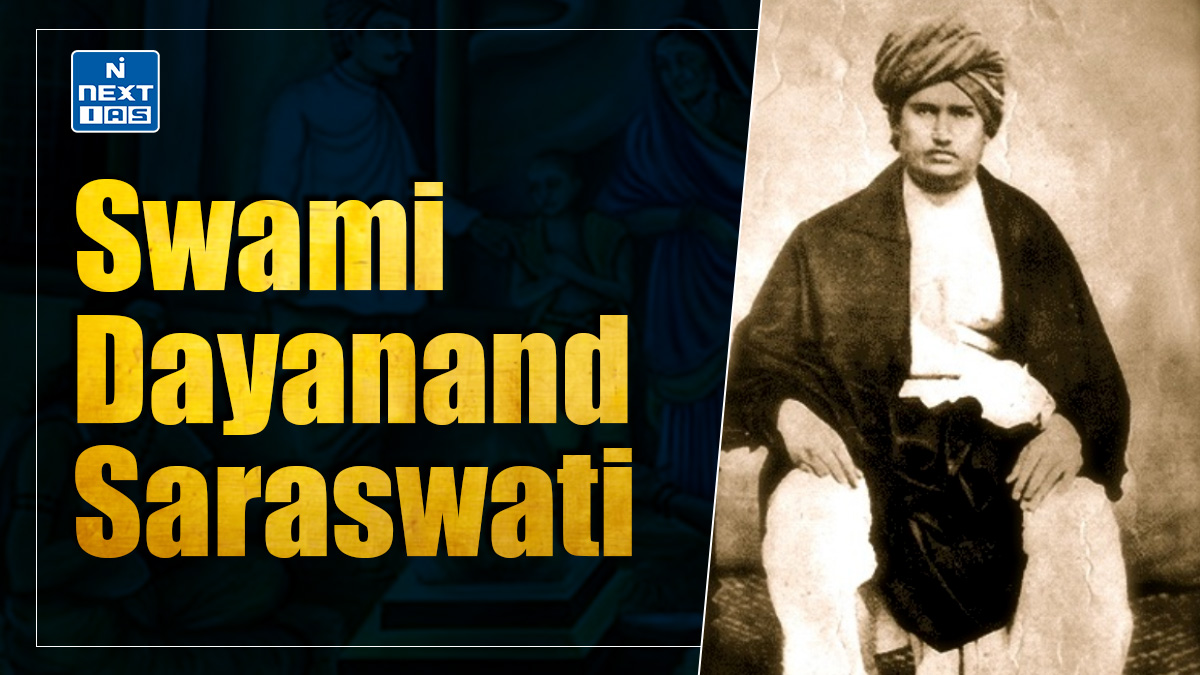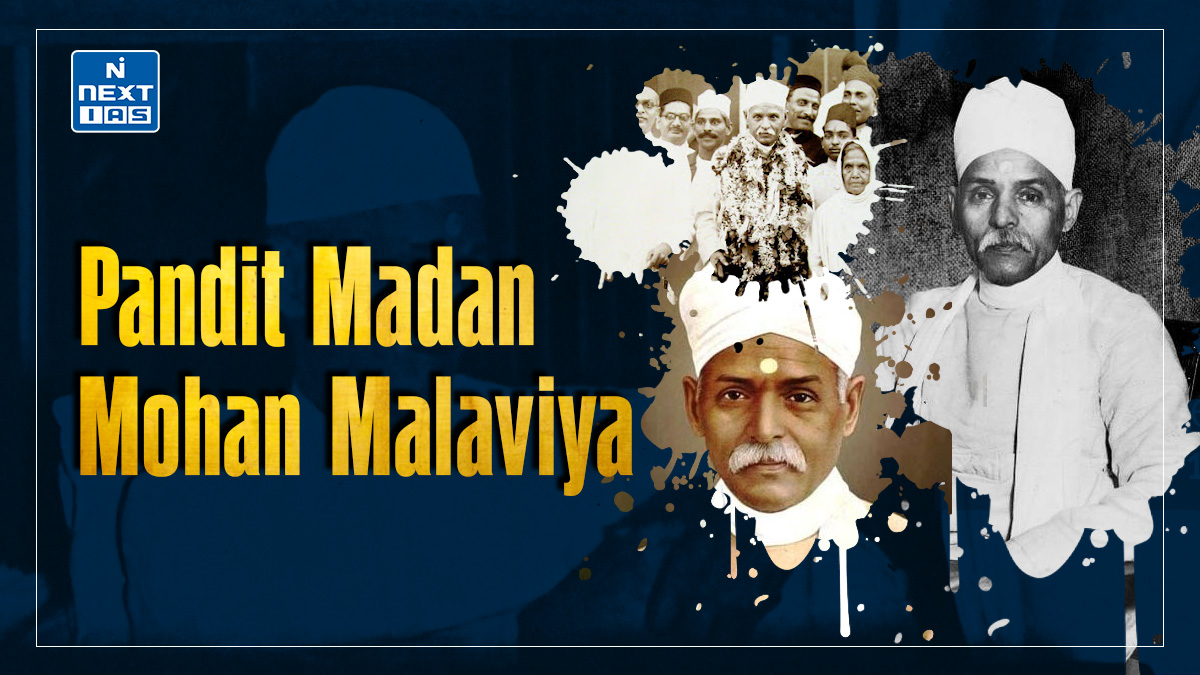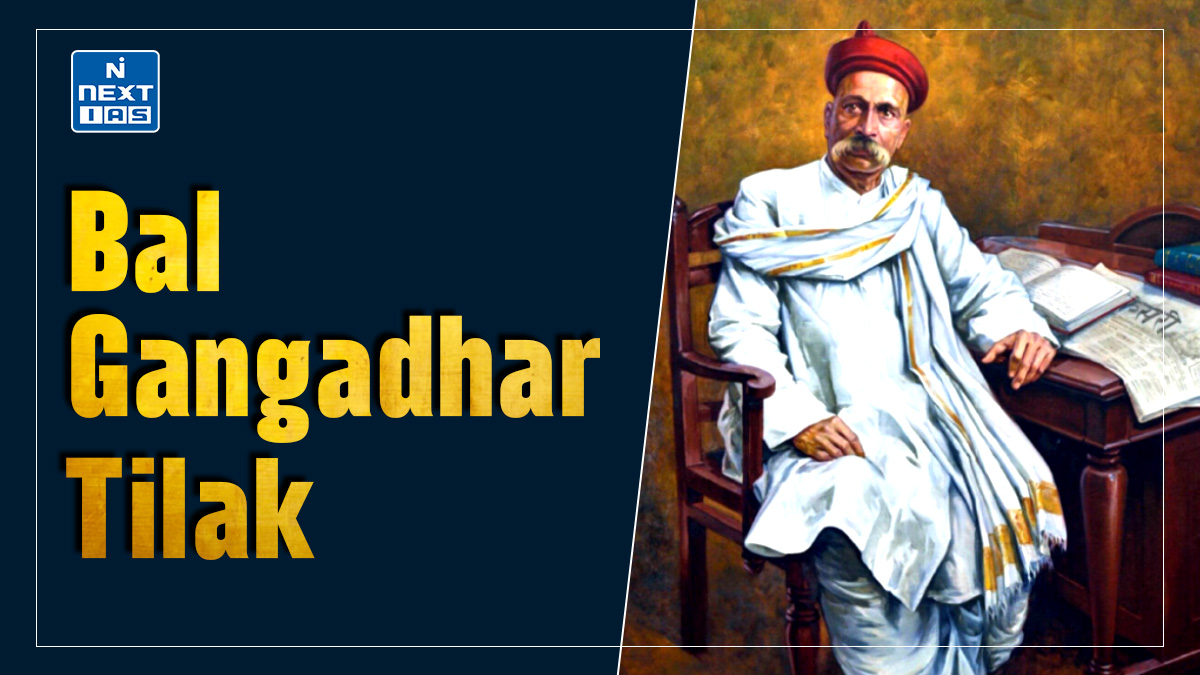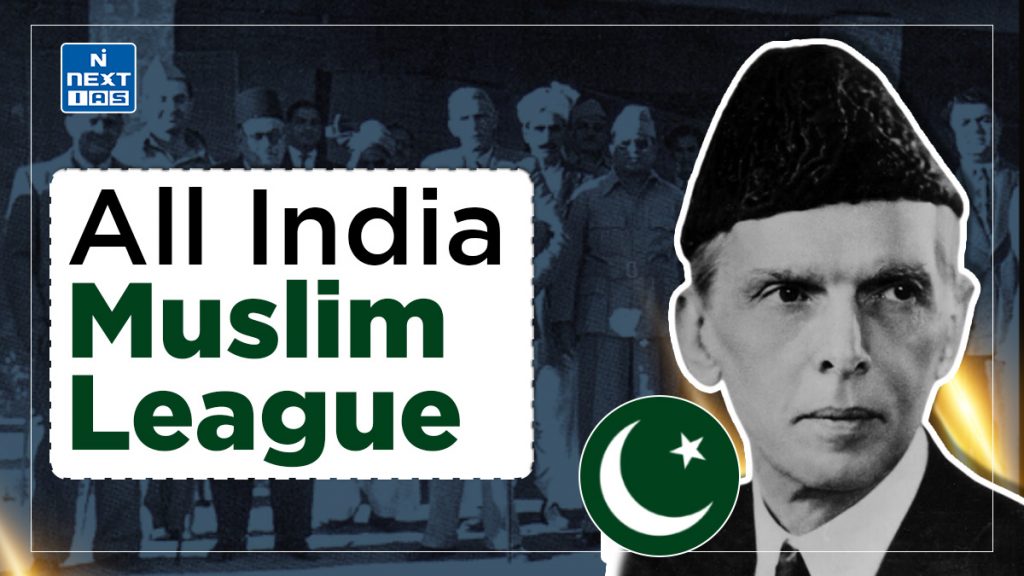
The All India Muslim League, founded in 1906, was a political organisation that represented the interests of the Muslim community in British India. Its significance lies in its role in fostering Muslim nationalism and ultimately leading to the creation of Pakistan in 1947. This article aims to study in detail the origins, development, and political influence of the All India Muslim League, tracing its impact on India’s socio-political landscape.
About All India Muslim League (AIML)
- The Muslim League, established in December 1906, was initially led by Aga Khan and ultimately by Muhammed Ali Jinnah.
- It was instrumental in creating public opinion in favour of Muslim nationalism and finally in achieving Pakistan in 1947.
Founder of the All India Muslim League
- The foundation of the All India Muslim League (AIML) on 30 December 1906 in Dhaka can be traced to events following the establishment of the Indian National Congress (INC) in 1885.
- The INC, dominated by a Western-educated Hindu elite, aimed to share power with the British Raj and push for a representative government.
- However, Sir Syed Ahmed Khan, a prominent Muslim leader, advised the Muslim community against joining the Congress, believing Muslims would benefit more from loyalty to the British than opposition to them.
- This approach, focused on fostering English education for Muslims, laid the groundwork for the Aligarh Movement.
Early Muslim Organizations and the Aligarh Movement
- Muslim leaders such as Nawab Abdul Latif, Syed Amir Ali, and others founded cultural organisations like the Mohammedan Literary Society (1863), the Central National Muhamedan Association (1877), and Sir Syed’s United Indian Patriotic Association (1888).
- These groups concentrated on promoting English education and social regeneration rather than engaging in politics, addressing the educational and economic deprivation faced by Muslims under colonial rule.
Initial Conferences and Advocacy for Muslim Interests
- Muslim leaders held informal annual conferences to address community educational concerns and foster loyalty to the British.
- One such conference, the All India Muslim Education Conference, convened in Dhaka in 1906 amidst the Congress-backed agitation against the partition of Bengal and the Swadeshi movement.
- Previously, a Muslim delegation met with Governor-General Lord Minto in Simla to raise concerns unique to the Muslim community, leading to further advocacy efforts.
- By 1908, a London branch of the Muslim League had been established under Syed Amir Ali’s leadership.
Formation of All India Muslim League
- Nawab Salimullah of Dhaka, a strong advocate of the partition of Bengal, recognised the need for a political party to counter Congress-led anti-partition activities.
- He proposed creating a platform to protect Muslim interests, culminating in the establishment of the AIML.
- The League’s initial goals included safeguarding Muslim interests, promoting loyalty to the British, and encouraging peaceful relations between Muslims and other communities, particularly Hindus.
Early Criticism and Challenges of All India Muslim League
- Indian nationalist publications dismissed the Muslim League as a weak and unsustainable organisation.
- Initially, the League struggled as its founding leaders had historically discouraged political engagement among Muslims.
- For a year after its inception, the AIML remained inactive, needing a dynamic political agenda.
Shift in Muslim League’s Approach and Impact on Younger Leaders
- Within a few years, younger Muslim leaders with middle-class backgrounds and radical ideas began to join the League.
- They moved away from unqualified loyalty to the British, demanding self-government and challenging colonial rule.
- By the 1910s, the League’s goals aligned more closely with the Indian National Congress.
Conclusion
The journey of the All India Muslim League from a dormant organisation to a powerful political movement underscores its changing dynamics and evolving vision. Initially focused on educational and social upliftment, the All India Muslim League gradually became a platform for asserting Muslim political identity and demanding autonomy. The All India Muslim League’s transition from loyalty to the British Raj to advocating self-government reflects its adaptation to the shifting aspirations of the Muslim community. Ultimately, under Jinnah’s leadership, the All India Muslim League became a catalyst for partition, culminating in the formation of Pakistan. This landmark event reshaped the political landscape of the Indian subcontinent.
Frequently Asked Questions (FAQs)
What did the Muslim League Resolution of 1940 ask for?
The Muslim League Resolution of 1940, also known as the Lahore Resolution, asked for the creation of independent states for Muslims in northwestern and eastern zones of India, where they were in the majority. This resolution laid the foundation for the demand for the separate nation of Pakistan.
Who was the president of Muslim League in 1930?
The president of the All India Muslim League in 1930 was Allama Iqbal, who delivered the famous Allahabad Address, advocating the idea of a separate Muslim state in northwestern India.
How many objectives of All India Muslim League?
The All India Muslim League had three primary objectives:
1. Fostering loyalty to the British Government among Indian Muslims.
2. Protecting and advancing the political rights of Muslims in India.
3. Promoting socio-political awareness and unity among Muslims.
